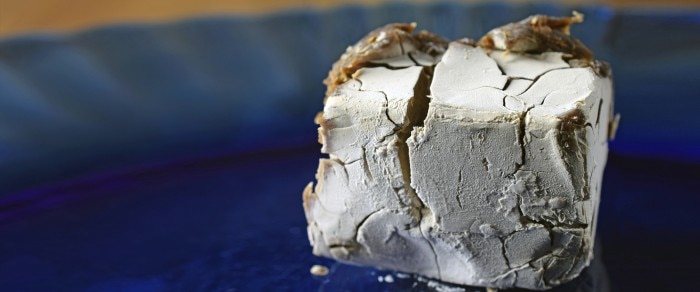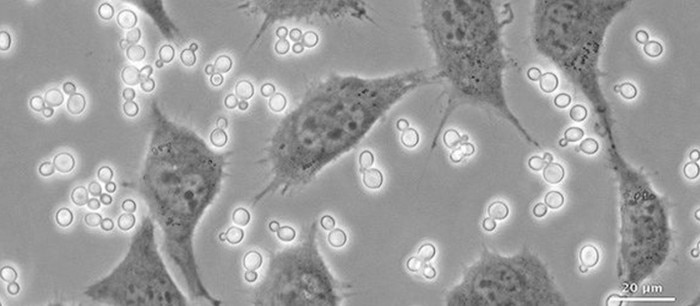메뉴
KR | KRW
-
-
-
-
- Forum Labo 2025
- Advanced Therapies Week (ATW) 2025
- SLAS Europe 2025
- Bioprocessing Summit Europe 2025
- Medlab Middle East 2025
- SLAS International 2025
- Biologics World Nordics 2025
- BioProcess International Europe 2025
- ISEV 2025
- Future Labs Live 2025
- Cell 2025
- ASIA LABEX: The Lab Show 2025
- Stem Cell Community Day 2025
- JASIS 2025
-
-
-
-
- Forum Labo 2025
- Advanced Therapies Week (ATW) 2025
- SLAS Europe 2025
- Bioprocessing Summit Europe 2025
- Medlab Middle East 2025
- SLAS International 2025
- Biologics World Nordics 2025
- BioProcess International Europe 2025
- ISEV 2025
- Future Labs Live 2025
- Cell 2025
- ASIA LABEX: The Lab Show 2025
- Stem Cell Community Day 2025
- JASIS 2025
KR | KRW
Sorry, we couldn't find anything on our website containing your search term.

How to detect a yeast contamination in your cell culture
실험실 아카데미
- 세포생물학
- Cell Culture
- 오염
- Cell Culture 소모품
- CO2 Incubator
- 논문
Macroscopic detection
- Increase in turbidity of the medium, medium becomes cloudy.
- Initial stages of yeast contamination are difficult to detect macroscopically, as the pH changes only slightly, initiating little or no color change in medium containing phenol red as pH indicator.
Microscopic detection
Yeasts can be visualized using phase contrast at 100x - 400x magnification. Phase contrast facilitates detection, especially at low contamination levels. Yeasts appear as ovoid bright particles between the cells. They can exist as single cells or in in the form of chains or branches.자세히 보기

Related links
자세히 보기

